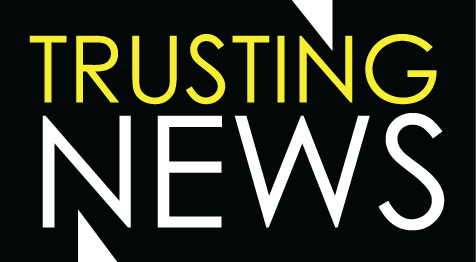Advertising & Funding
WCPO explains how political advertising works
Trust Tip 80: Explain how political advertising works
Vox explains audience support program
Weather channel explains how ownership affects coverage
Guardian explains mission, asks for support
Coloradoan reporters share personal subscription pleas
Day subscription plea during coronavirus
Vox support plea for explanatory journalism
Trust Tip 64: Disclose stimulus funds and explain the ethics involved
The Day asks community for support during COVID-19
Malheur Enterprise asks for community support
Toronto Star explains news vs sponsored content
Pinckneyville Press asks community for support
Fort Worth Star-Telegram paywall during COVID-19
Buzzfeed shares mission with coronavirus coverage
Arizona Daily Star explains how COVID-19 coverage affects bottom line
Coloradoan explains missions, goals with COVID-19 coverage
Guardian adds editor’s note about how newsroom covering coronavirus
Bozeman Chronicle explains changes during COVID-19 outbreak
Columbia Dispatch shares mission surrounding coronavirus coverage
The Day explains why Coronavirus coverage is free
NPR discloses financial support
NPR adds ownership disclosure
Coloradoan shares mission during Coronavirus outbreak
Coloradoan shares funding breakdown

